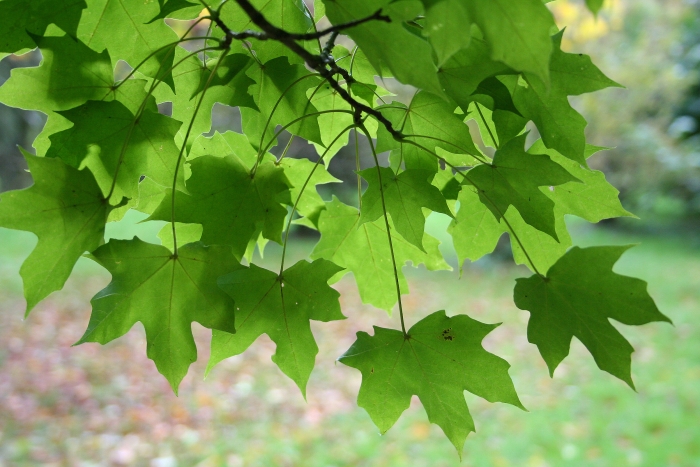Miyabe’s Maple
(Acer miyabei)
Miyabe’s Maple (Acer miyabei)
/
/

Jean-Pol GRANDMONT
CC BY 3.0
Image By:
Jean-Pol GRANDMONT
Recorded By:
Copyright:
CC BY 3.0
Copyright Notice:
Photo by: Jean-Pol GRANDMONT | License Type: CC BY 3.0 | License URL: https://creativecommons.org/licenses/by/3.0 | Uploader: Jean-Pol GRANDMONT | Publisher: Wikimedia Commons | Title: Acer_miyabei_JPG1La.jpg | Notes: Fotografía de la textura del tronco del Acer pseudoplatanus de las aceraceae, habita en el sur y centro de Europa, extendiéndose por el oeste de Asia, en Español ''Arce blanco''. La fotografía está realizada en el Real Jardín Botánico de Madrid. Es |








Estimated Native Range
Summary
Acer miyabei, commonly known as Miyabe’s Maple, is a deciduous tree native to riverbanks and floodplains in Japan. It typically grows to 10–20 meters tall, with a trunk diameter of 30–40 centimeters featuring rough, grey-brown bark. The leaves are five-lobed, 7–20 cm long and 12–20 cm broad, with the basal pair of lobes usually smaller, and a petiole length of 5–15 cm; the petiole exudes white latex when cut. The yellow-green flowers are produced in spring simultaneously with leaf emergence, in erect corymbs. The fruit is a samara with two winged seeds aligned at 180°, each seed being 8 mm wide, flat, with a 2 cm wing. The tree’s appearance is characterized by a rounded to broad-rounded form, adding to its ornamental value.
Miyabe’s Maple is valued for its hardiness, withstanding cold temperatures, urban pollution, and drought once established. It is a non-invasive alternative to Acer platanoides, commonly known as Norway Maple. In cultivation, it is used in urban plantings, as a specimen tree in parks, and in residential gardens for its attractive foliage and adaptability. It thrives in full sun to part shade and prefers soils with medium drainage. While not common in the nursery trade, it is often found in arboreta and botanical gardens. Gardeners should note that while it is disease-resistant, it may suffer from leaf scorch in dry or windy conditions without adequate water.CC BY-SA 4.0
Miyabe’s Maple is valued for its hardiness, withstanding cold temperatures, urban pollution, and drought once established. It is a non-invasive alternative to Acer platanoides, commonly known as Norway Maple. In cultivation, it is used in urban plantings, as a specimen tree in parks, and in residential gardens for its attractive foliage and adaptability. It thrives in full sun to part shade and prefers soils with medium drainage. While not common in the nursery trade, it is often found in arboreta and botanical gardens. Gardeners should note that while it is disease-resistant, it may suffer from leaf scorch in dry or windy conditions without adequate water.CC BY-SA 4.0
Plant Description
- Plant Type: Tree
- Height: 25-40 feet
- Width: 25-30 feet
- Growth Rate: Moderate
- Flower Color: N/A
- Flowering Season: Spring
- Leaf Retention: Deciduous
Growth Requirements
- Sun: Full Sun, Part Shade
- Water: Medium
- Drainage: Medium
Common Uses
Bee Garden, Bird Garden, Butterfly Garden, Deer Resistant, Low Maintenance
Natural Habitat
Riverbanks and floodplains in Japan
Other Names
Common Names: Miyabe’s Maple, Miyabes Ahorn, Érable De Miyabe, Kurobi-Itaya, Miyabe Maple
Scientific Names: , Acer miyabei, Acer miaotense, Acer shibatai,
GBIF Accepted Name: Acer miyabei Maxim.